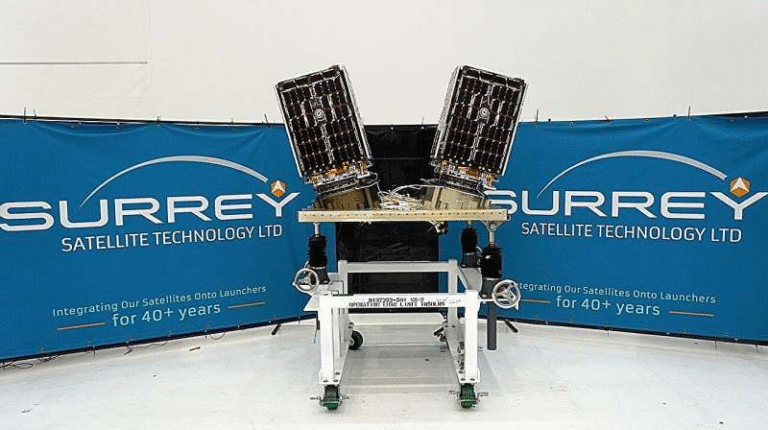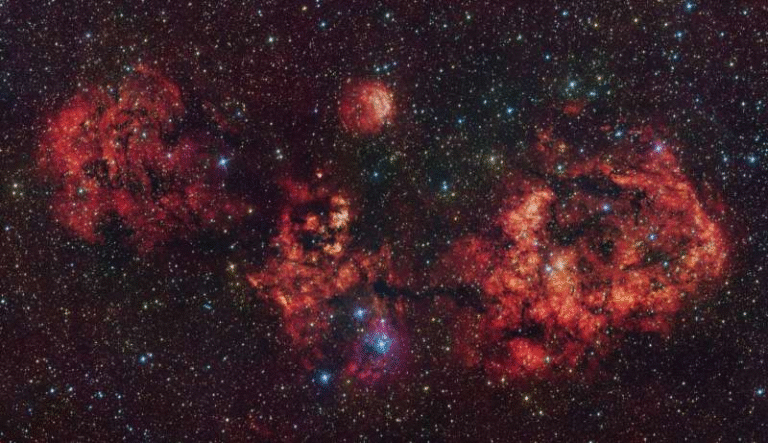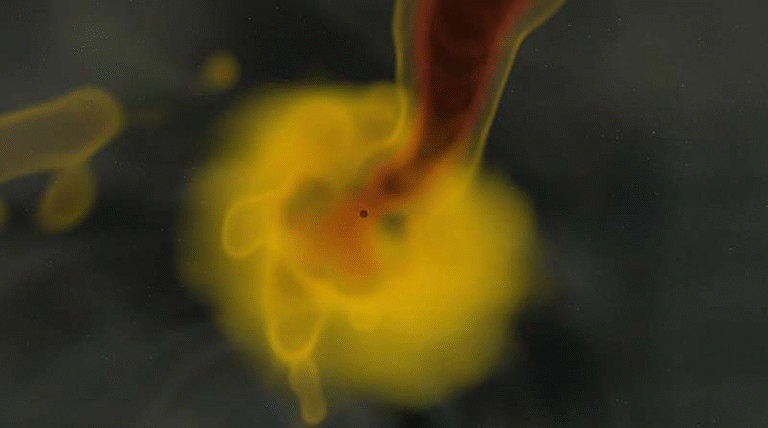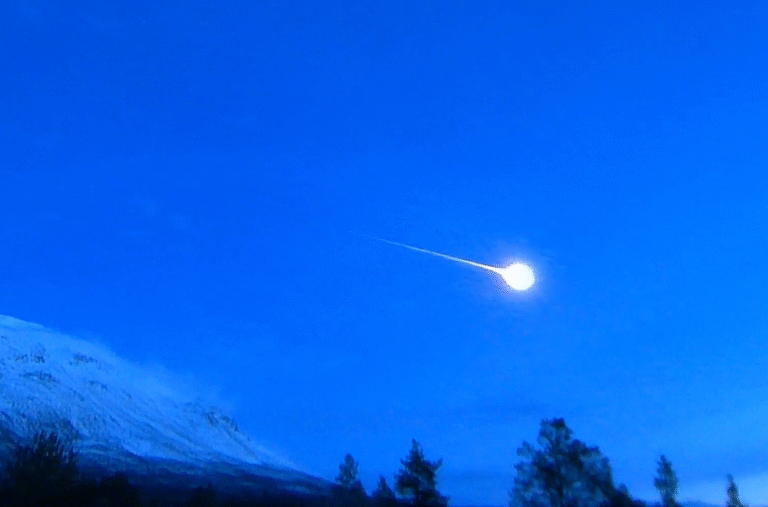Astronomers Track Record-Breaking Radio Flash From 130 Million Light-Years Away

Every once in a while, the universe throws us a mystery so dazzling that it makes even seasoned astronomers stop and stare. This time, it came in the form of RBFLOAT — a fast radio burst (FRB) so bright and powerful that it earned the nickname “radio-brightest flash of all time.” And yes, the scientists behind it had a bit of fun, since the name also nods to a root beer float.
A Cosmic Blink That Packed a Punch
Back in March 2025, astronomers using the Canadian Hydrogen Intensity Mapping Experiment (CHIME) and its newly completed Outrigger array caught RBFLOAT flashing across the sky. The entire event lasted just a fraction of a second, but in that blink, it unleashed as much energy as our sun produces in four days. To put that in perspective: something that short-lived outshone one of the most powerful energy sources we know.

Image credit: Daniëlle Futselaar/MMT Observatory
At first, researchers almost dismissed it. The flash was so intense that the system flagged it as possible interference — the kind of static you’d expect from a cell phone or airplane. But with some careful detective work, the team confirmed it was the real deal: an authentic cosmic signal.
Pinpointing the Source
The real breakthrough wasn’t just the burst itself, but the ability to trace it back with incredible accuracy. Thanks to CHIME’s new Outriggers — spread across British Columbia, West Virginia, and California — astronomers triangulated RBFLOAT’s origin to a spiral arm of galaxy NGC 4141, about 130 million light-years away in the constellation Ursa Major.
For scale, that’s like spotting a firefly in Florida while standing in New York, and not just guessing the state but pointing to the exact branch of the tree it landed on. The team narrowed it down to within 42 light-years, an astonishing level of precision for an event that vanished almost instantly.

What Could Cause Such a Burst?
FRBs remain one of astronomy’s great puzzles. They’re powerful, fleeting, and — frustratingly — often non-repeating, which means scientists usually don’t get second chances to study them. RBFLOAT was one of these one-off events, making its detailed localization even more valuable.
The current leading theory? Magnetars — highly magnetic neutron stars left behind after massive stars die in supernova explosions. The fact that RBFLOAT came from the outskirts of a star-forming region in NGC 4141 fits this idea neatly. These regions are bustling with massive young stars, the kind that can give birth to magnetars.
But there’s a twist. While RBFLOAT was near a star-forming area, it wasn’t exactly inside one. That suggests the magnetar might have been kicked away from its birthplace or formed in an unusual spot. Either way, it’s a tantalizing clue in the ongoing FRB mystery.
A Helping Hand From Other Telescopes
After catching RBFLOAT, astronomers wasted no time in turning other instruments toward its location. The MMT telescope in Arizona and the Keck Observatory in Hawai‘i zoomed in, giving the clearest look yet at the environment around a non-repeating FRB.
Meanwhile, the James Webb Space Telescope joined the effort. For the first time, astronomers were able to spot stars around an FRB’s origin. One of them, likely a red giant or massive middle-aged star, may provide hints about the conditions that help trigger these extraordinary bursts.
Opening the Door to a New Era
This discovery marks a turning point in FRB science. Until recently, localizing these fleeting events was painstaking and rare. In fact, in the last eight years, astronomers managed to precisely pin down only about 100 FRBs. Now, with CHIME’s Outriggers fully online, researchers expect to nail down 200 or more each year.
That means instead of simply chasing cosmic flashes, scientists can start building a large, reliable catalog of FRBs, their environments, and their possible origins. And with each new detection, we move a step closer to finally solving the mystery: what really causes these spectacular bursts of energy?
RBFLOAT might be just one flash in the night sky, but it’s already shining a light on the path forward.
Source: FRB 20250316A: A Brilliant and Nearby One-off Fast Radio Burst Localized to 13 pc Precision




